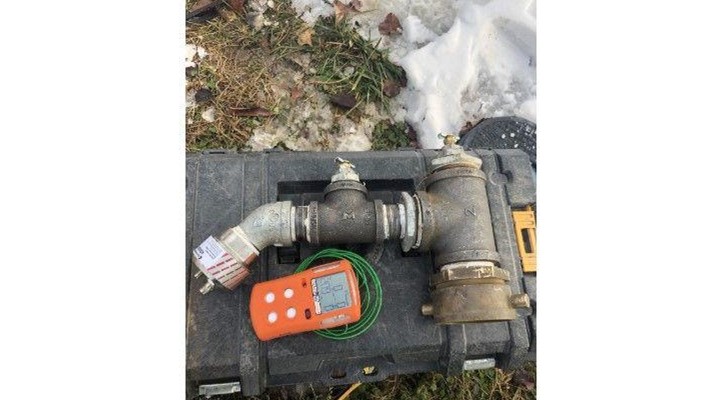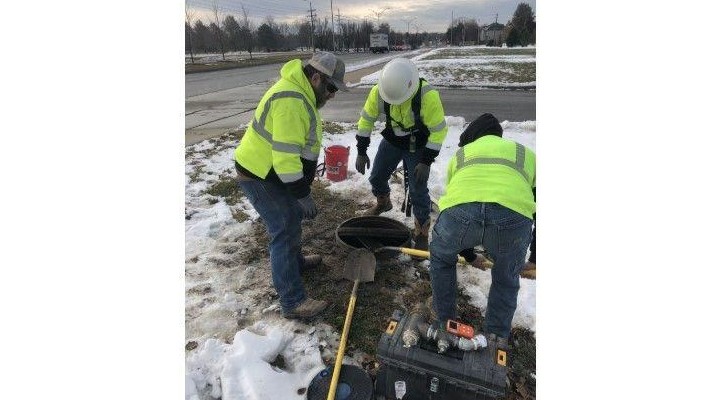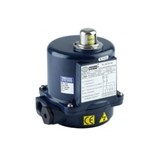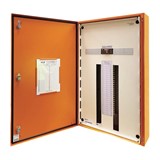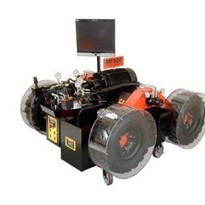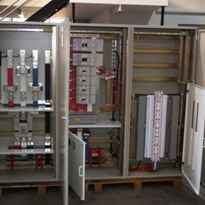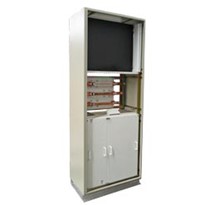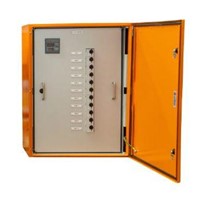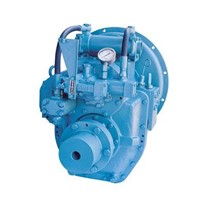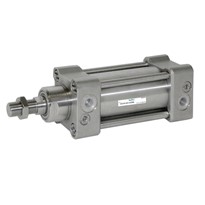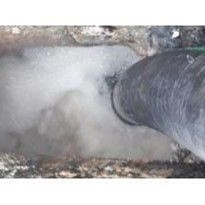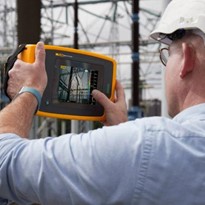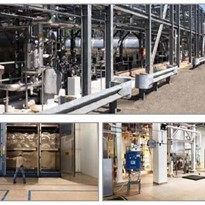In our first North American pilot, the HiScan sensors were installed roughly 2,400 ft (ca. 800 metres) apart on existing ARV’s affixed to a 36″ (900mm) ductile iron transmission main. The correlating HISCAN hydrophone sensor can be installed on existing appurtenances on the transmission mains, such as ARV’s (Air Relief Valves). The communication components (ALPHA Data Gateways) were installed on telephone poles outside each manhole and send the data from each HISCAN sensor to gutermann.cloud, our cloud application for analysis.
The moment of truth:
In order to test the correlating and pinpointing capabilities of the system, a fire hydrant was opened roughly halfway between the sensors in order to simulate a “leak” scenario. The fire hydrant was flowed at 2:00pm in order for the field employees to manage the operation of the hydrant effectively.
Great results:
After getting the data from the leak test on gutermann.cloud we can confirm the sensors correlated and pinpointed the leak successfully! By utilizing Google’s powerful street and satellite views, customers are able to visually inspect where the potential leak noise is located on the transmission main.
Transmission mains are critical. Most often they are located in remote areas, carrying water from a plant or source to the distribution system. Most small leaks on transmission mains are never seen or don’t ever surface. Repairs on large diameter lines are costly and require several hours and are expensive; not to mention if a transmission main goes down, the distribution system is severely incapacitated.


